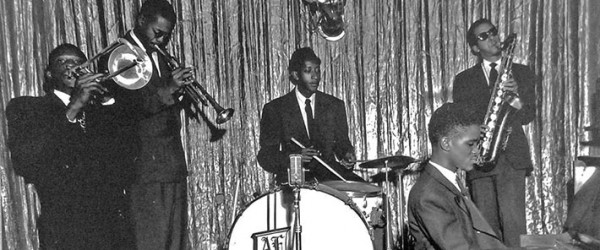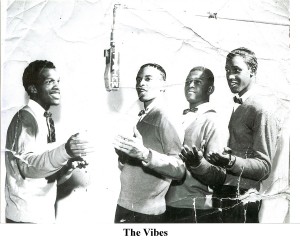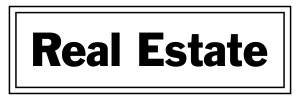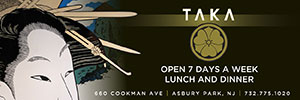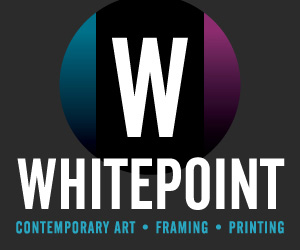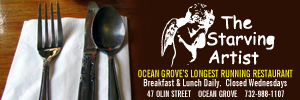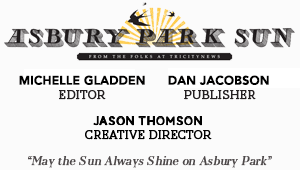West Side music legacy showcased at Monmouth U
City's music scene once centered around Springwood Avenue
It was once the hotspot in town.
A place where one could dress to the nines for a night with Lionel Hampton, Billie Holiday, Little Richard, or Al Green.
These famed musicians made the west side’s community halls and clubs a regular tour stop. And in doing so, the area became a place where young players like Edward Ellington and Red Bank’s own Bill Basie could make the connections they’d need to help earn their royal chops.
The history and stories from this era and the colorful club owners, producers, and promoters are all showcased this month in an exhibit titled: “Asbury Park’s Springwood Avenue Harmony: Celebrating the West Side’s Musical Legacy” at Monmouth University’s Pollak Theatre Gallery in West Long Branch. The exhibit is free to public and open from 9 a.m. to 7 p.m., Monday through Friday and select weekends through February.
And at 7 p.m. on Wednesday, Feb. 11, curators Pam and Charlie Horner of Classic Urban Harmony, LLC, will bring the showcase to life with a multimedia presentation at the gallery. Also free to the public, the event will feature video and song clips to help bring the vibrant story of this era to life.
The couple are music historians who have amassed a collection of over 50,000 records and a countless number of news clippings, photographs, books and trade magazines, sheet music, posters and other memorabilia.
In showcasing the community halls and clubs that once populated the area in and around Springwood Avenue, the couple provides vignettes from the close to 80-year-long era that ended with the famed roadway’s destruction during the July 1970 riots.
“There must have been 30 or more (community clubs and halls) along Springwood Avenue and that’s only a 10-block area,” Charlie Horner said.
But in their wake, these often small halls with restaurant fronts and a back room where a band could play, left a legacy that would become this music city’s foundation.
“Springwood Avenue is a shadow of what it once was,” Horner said.
Back then, spots like the Turf Club, Cuba’s or Big Bill’s were home to everything from a strong gospel sound to the next generation of jazz, R&B, doo wop, and soul. This era even saw the city’s African American and Italian American communities cross-pollinate in ways that made some beautiful music during the glory days of vocal-group rock and roll, Horner said.
National acts from the Springwood scene included Lenny Welch (whose “Since I Fell for You” was a Top 5 pop hit in 1962) and Billy Brown (whose chart-toppers with The Moments and Ray Goodman & Brown include “Love on a Two-Way Street”).
Also featured is breakout artist Bobby Thomas, [left], whose career with Asbury’s own Vibranaires led to a long tenure with The Orioles, and The Broadways, who enjoyed a brief run as a nationwide act in the 1960s.
Rare artifacts include those from record label owner “Gus” Tillman and even the original marquee from Leo Karp’s Turf Club.
Horner said many of the items donated for display were contributed by the musicians and their family members, photographs from the late West Side photographer Joseph A. Carter Sr.
The exhibit is a collaboration of The Center for the Arts at Monmouth University, Classic Urban Harmony LLC, the Asbury Park Historical Society and the Light of Day Foundation.
—————————————-
Follow the Asbury Park Sun on Facebook, Twitter and Instagram

